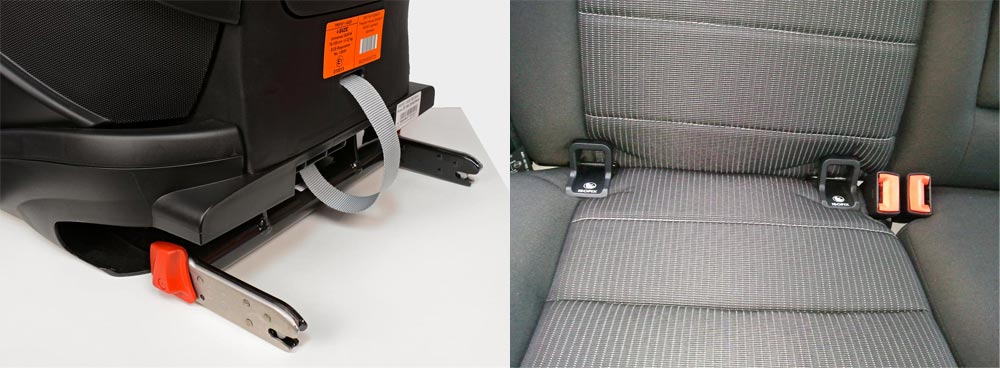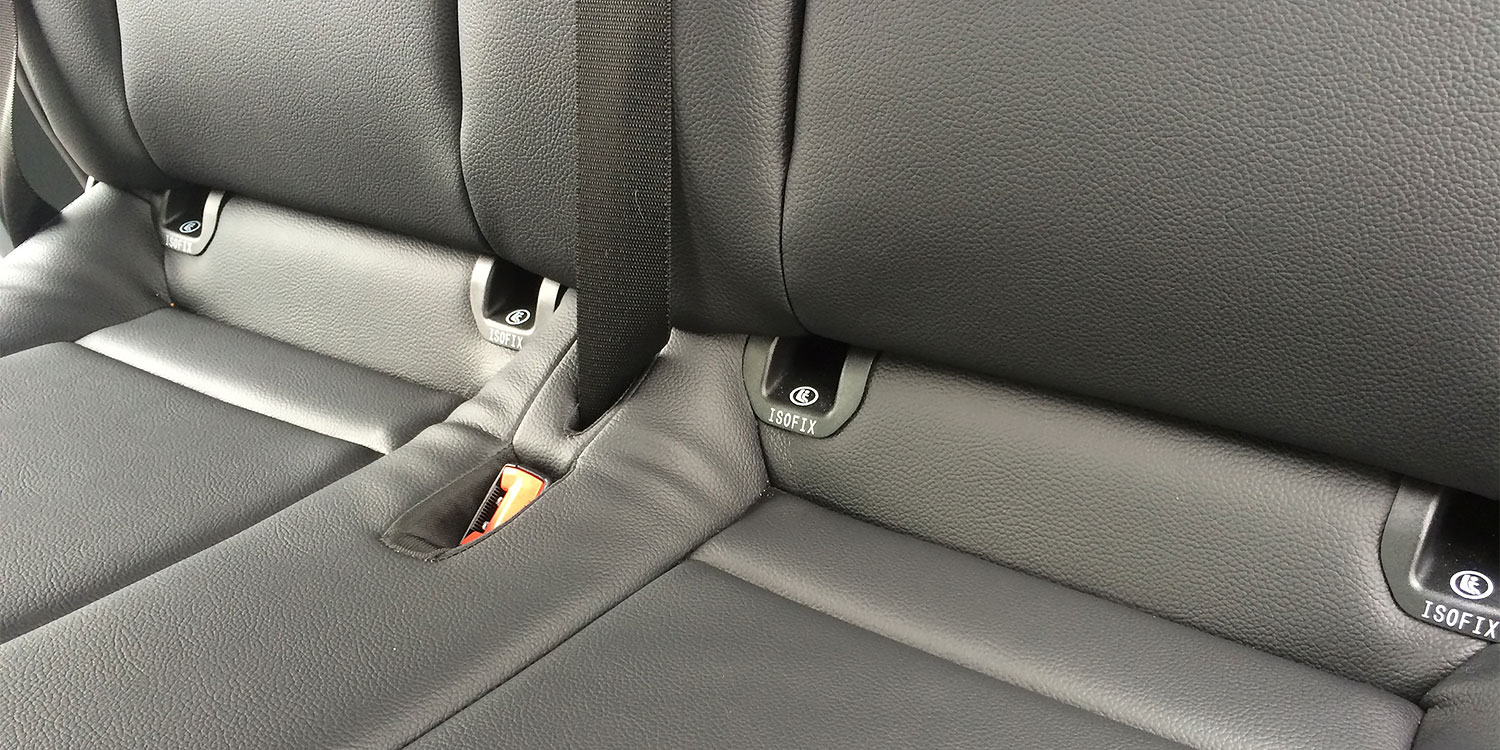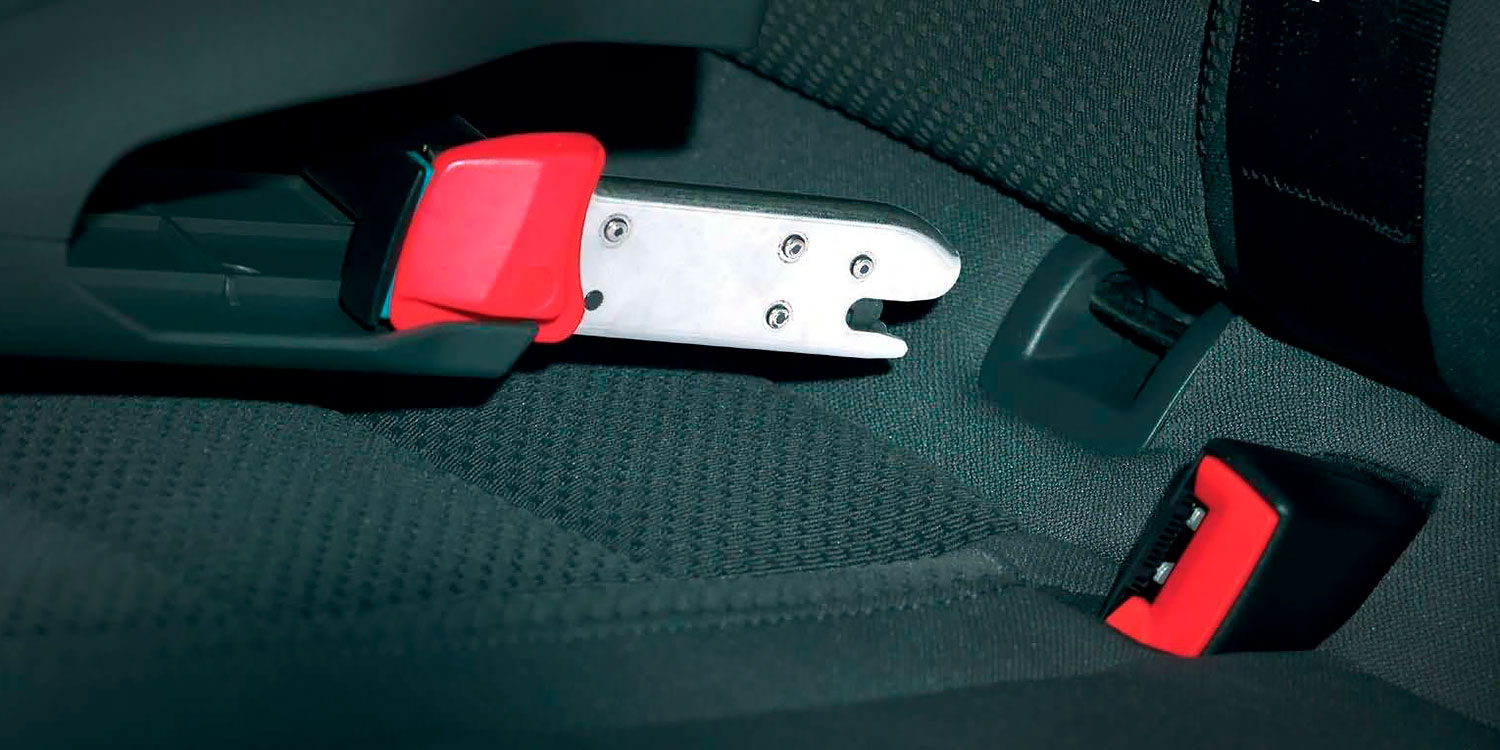Как выглядит крепление изофикс, Автокресло AmaroBaby ST-3 Isofix - specasfalt.ru

L с г. Тест на переворачивание автомобиля. Мы рады, что Вы остались довольны покупкой!
Установить изделия получится, если заднее сиденье автомобиля предусматривает специальные скобы, направляющие. Современные модели машин практически всегда обзаводятся рассматриваемой системой. Когда особое крепление отсутствует, необходимо приобрести кресло, фиксирующееся штатными ремнями безопасности. Нередко модели сидений, имеющие передовую систему крепления, можно устанавливать стандартным методом.
Часто помимо двух опорных точек ISOFIX предусмотрена третья сверху, снизу, то есть кресло имеет дополнительный якорь, ногу-упор.
Далее рассмотрим несколько наиболее популярных моделей, относящихся к данному типу. Действительно, компания Britax-Romer определила появления новой системы крепления. Предприятие показало первую инновационную модель автокресла в г. Кресло относится к группе 1, подходит ребятам, весящим килограммов. Помимо двух точек крепления создана третья — якорная V-Tether.
Модель гарантирует малышу максимальный комфорт, безопасность благодаря поглощающим энергию подушкам SI-PAD, широкому подголовнику, регулируемой спинке.
Комплект включает удобные направляющие, позволяющие в течение полминуты установить креслице». So we expect changes in their legal status in the near future. So far, the share of accidents with such vehicles in the total number of road accidents is relatively small.
But, firstly, the number of SIMs is growing rapidly, which was also affected by the pandemic. Secondly, in any case, it is impossible to leave a potential source of threat on the road unattended, so the regulation of this area should be started as soon as possible.
But this issue, of course, will require significant funding, the source of which is still unknown. In principle, given that IMS play a positive role in unloading urban highways, and also, based on the obligation to take measures to ensure the safety of residents, this should be done by municipalities. But the participation of companies - manufacturers, sellers and distributors of SIM should also be considered. Rescue Technologies Separately, I would like to touch on the topic of the current level of equipping Russian roads with technical safety equipment.
In Russia, a lot of highways are equipped with cameras for photo-video recording and monitoring the traffic situation. So far, a significant part of the purchases of this equipment is carried out by state organizations, in particular, within the framework of the Safe City program, in order to scale it up and increase efficiency.
Unfortunately, in this area we are still heavily dependent on foreign suppliers of components for such systems, since their production in Russia has not yet received strong development. For this reason, there are certain problems in the maintenance of such systems. But the number of cameras is growing rapidly. Financial flows to the budgets of the regions from fines issued for violations recorded by these devices are also growing.
At the same time, the level of safety on the roads also increases, because they try to install cameras, first of all, on those sections of roads that have already proven themselves to be dangerous. Separately, I note this point: over the past year, the installation of photo-video recording systems is less and less entrusted to private companies precisely because they set their main goal not to prevent accidents and identify real violators, but to make a profit.
Recently, photo-video recording systems have also received a mobile version. They are equipped with traffic police patrol cars. There are also mobile road laboratories that control the correct parameters of road signs, note damage to the roadway and the coefficient of adhesion of tires to the road surface, and monitor compliance with road lighting standards. An important part of equipping roads with traffic safety equipment remains such structures as barrier and cable lane dividers.
These designs help to prevent frontal collisions and generally reduce the severity of the consequences of an accident, especially on highways. Their installation is carried out based on the results of an analytical assessment and forecasting of the potential accident rate of road sections. Such work, for example, is actively carried out by the TsODD of Moscow, similar structures in other cities, as well as departments for the operation of the road sector, are engaged in the same activity.
The main message of the Campaign was that the pedestrian is the freest road user. Road safety rules are a tool that helps the pedestrian to exercise their freedom safely by continuing to walk. Knowledge of the rules of the road, compliance with the norms of the culture of interaction on the road can make the pedestrian path truly convenient and safe.

A pedestrian". Particular attention was paid to such issues as crossing the road outside the pedestrian crossing area; safe behavior at unregulated pedestrian crossings and when moving along the roadside; crossing the road by a pedestrian in a place where the driver does not expect to meet him; teaching children the rules and norms of safety for pedestrians; explaining to older people the key aspects of road safety; development of a culture of using reflective elements to improve the visibility of pedestrians in difficult weather conditions, at night, and others.
The All-Russian Social Campaign was launched in the regions where, following the results of , there was an increase in the number of accidents with pedestrians.
.jpg)
Campaign events were held in two periods - summer June-August and autumn September-November. As part of the program, more than 3, events were held with a total coverage of more than , participants more than 80, adults and more than 50, young road users.
As a result of the Campaign, a sociological study was conducted in the form of face-to-face interviews with 2, respondents in 8 federal districts of Russia. Despite the complexity of the work during the pandemic, it was possible to maintain a high level of awareness about retroreflective elements. As a result of the Campaign, drivers began to pay more attention to compliance with traffic rules. In combination with other measures, the Campaign had a significant impact on reducing the accident rate.
The number of accidents involving pedestrians in 11 months of decreased by 8. The number of accidents that occurred due to the fault of drivers decreased by 8.

When the Campaign was being developed, we noticed that a pedestrian is the freest road user. If the driver moves along the carriageway, the passenger follows the route along which he is being driven, then the pedestrian is free in his actions. The events of the Campaign, which took place in fifteen regions of our country, drew the attention of citizens to the basics of road safety, which make the movement of pedestrians comfortable and safe. To date, the Academy team has accumulated a unique expertise and methodology for the theoretical and practical training of beginners and professional drivers in a live format, which is now reflected in the online version of the training program.
The project partner is the Driving Without Danger Expert Center hereinafter referred to as RBS , with the support of which more than 8, drivers have already been trained free of charge at the Academy in 17 regions of Russia.
Over the past years, the Academy has gained recognition from the expert community and proved its relevance by annually conducting trainings for beginners and professional drivers.
The 7th training season took place in October for ambulance drivers in St. Petersburg and the Leningrad Region. The virtual training program was developed by a team that included experts from the Academy, RBS, coaches and racing drivers - winners of Russian and international competitions, holders of the international certificate RoSPA Royal Society for the Prevention of Accidents and the Austrian "Test and Training". When adapting the program, the natural, climatic and road conditions of Russia were taken into account, as well as statistics related to road accidents and key risk factors when driving.
Anyone can study at the Virtual Academy - the program is designed for those who are interested in traffic and automotive topics. The main audience - drivers - beginners and experienced, amateurs and professional carriers - those who plan to obtain or already have category B rights to drive cars and small trucks. Taking an online road safety course will also be useful for those who act as passengers, as well as for pedestrians, cyclists, drivers of personal mobility devices scooters, hoverboards, etc.

Increasing the level of mutual understanding between road users and the culture of behavior on the road is one of the most important areas of work in the framework of the prevention of road accidents, and therefore, special attention was paid to this topic as part of the training.
Training in the Virtual Academy can be done individually or with the whole family, including involving children and teenagers, since the interactive format and game mechanics make immersion in the subject of road safety an exciting process. The project website is designed as an interactive illustration with different locations.
After registering on the site, the user gets access to the lessons of the online academy. Training consists of two blocks: "Theory" and "Practice". By selecting one or another site on the map of the Academy, the user will be able to gain knowledge on one of 12 topics and watch a training video. Next, the user passes quiz tests to consolidate the material covered. In the course of training, after some lessons, users will open four mini-games on the topics covered.
After completing the Academy course, each user will receive a personalized certificate that can be shared on social networks. Project hashtag virtualacademyford Ford Virtual Security Academy is based on a specially designed site adapted for mobile devices, so training can be done from the screen of various electronic devices computers, tablets, laptops, phones, etc.
Training in the Virtual Academy allows you to acquire knowledge that will help road users better navigate the road in all situations and minimize the likelihood of an accident. The Ford Driving Skills for global social program has been running in the US since , has been implemented in Europe since , and in Russia since As part of the event, the Movement Without Danger agency received a commendation "for effective interaction with state authorities in the implementation of the National projects of the Russian Federation in The participants discussed how national projects have changed the lives of Russians in , shared expert opinion on the implementation of projects, and talked about plans for the next year.
In his speech, Vadim Melnikov spoke about the projects within the framework of the national projects of Russia, which the Movement Without Danger agency implemented in To improve the quality of the implementation of national projects in Russia, it is necessary to create an equal environment for business and the state, where everyone could be heard. The experience of companies that successfully implement national projects can be useful in achieving the goals of sustainable development of society.
Centers for the prevention of child road traffic injuries are being opened in the regions as part of an all-Russian program aimed at reducing the number of road accidents involving children.

From to , centers for the prevention of child road traffic injuries were opened in 85 regions of Russia, and thus the program covered the entire country. On the basis of innovation centers, children from the age of 5, parents and teachers are trained in traffic rules and safe behavior in the transport environment. The opening of car towns is carried out on behalf of the President of Russia V. A distinctive feature of the program is mobile car sites car towns with the brand name "Safety Laboratory"[1].
Centers for the prevention of child road traffic injuries are being launched in the regions on the basis of additional education organizations, after which a specialized bright yellow bus is transferred there, which leaves for settlements, including the most remote ones. Thanks to this methodology, the project has the widest geography of coverage in each region and a high level of efficiency in training the younger generation.
From to , 1,, children and 80, adults were trained on the basis of car cities. Looking at the positive result of our project, we look forward to further assistance from the Government to develop and improve the existing model.
Almost half of the accidents involved child passengers. Pedestrian children were involved in every third accident. One in eleven crashes involved young cyclists and one in twenty crashes involved underage motorcyclists.
At the same time, Already, more than 7, educational organizations of preschool, general, additional and professional education are implementing various developmental programs on road safety, which involve a huge number of children. Our goal is to increase the reach of the audience and interest children so that it is not only useful, but also interesting. And it is the creation of centers for the prevention of child road traffic injuries, equipped with mobile car parks, that is a particularly effective pedagogical tool.
Although the cost of cars and spare parts is growing today, and there are other negative factors, largely due to the work of the Safety Laboratories, there is a decrease in injuries, accidents, and the number of accidents on the roads.
All this leads to the fact that the cost of an OSAGO policy remains at the level of 5,—5, rubles. For three days, members of the forum participated in educational workshops, a discussion plenary with representatives of government agencies, online tours and communicated with each other in real time. About 14 thousand users have registered on the Internet platform of the Forum.
Of these, 10 thousand are members of the UID units. The broadcast was watched by thousands of children all over Russia, there were also connections from the USA. At the event, representatives of the executive authorities and law enforcement officers talked about what worries them - about the prospects for the development of the YID, about road users on whom it is worth focusing the efforts of young traffic inspectors, about the use of artificial intelligence to relieve traffic, about the attitude towards distance learning.
The main issue that interested all the guys was promising professions related to road safety. Master classes "Industrial Design", "Transport Modelling", "Urban Girl", "Basics of First Aid" helped to gain theoretical and practical skills from high-class experts and get acquainted with professions in the field of road safety.